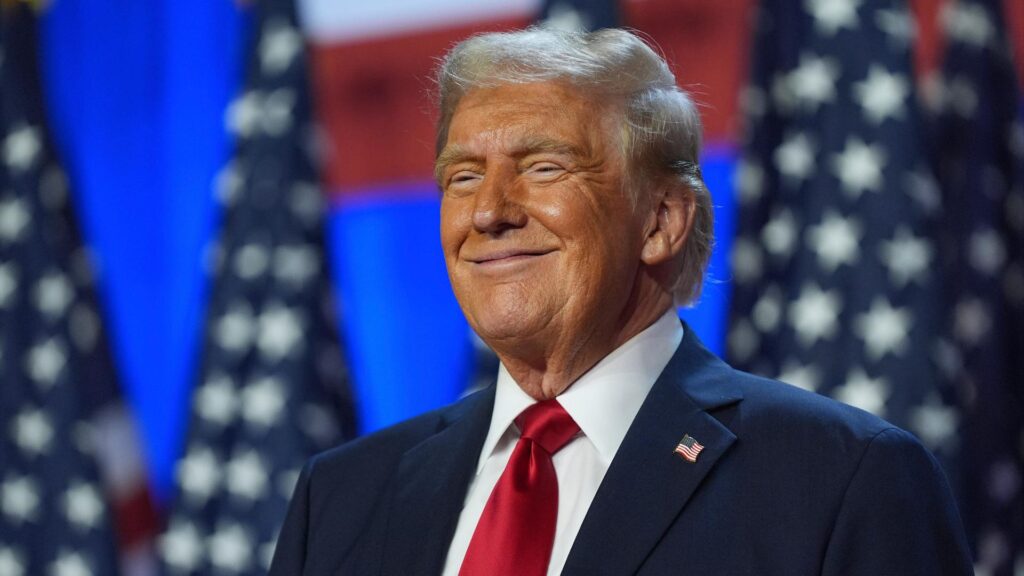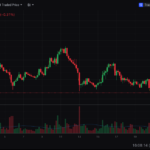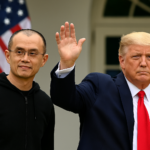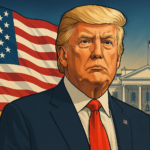On April 2, 2025, the Trump administration announced sweeping 20% tariffs on all imports from the European Union—a bold move that could reshape global trade dynamics. While the focus has been on traditional sectors like automotive, industrial equipment, and luxury goods, the ripple effects may extend far beyond conventional markets—right into the world of crypto.
📉 Rising Global Tensions = Risk-Off Sentiment
Trade wars between major economies often trigger volatility across global markets. As investors anticipate turbulence, many may reduce exposure to riskier assets. In this environment, some altcoins could face pressure due to declining risk appetite—especially those lacking strong fundamentals.
💵 Dollar Weakness Could Benefit Bitcoin
If the trade standoff places sustained pressure on the U.S. dollar, Bitcoin could emerge as a beneficiary. Historically, Bitcoin has shown strength during periods of dollar weakness, positioning itself as a hedge against fiat instability and monetary policy uncertainty.
🧠 Inflationary Pressures Strengthen BTC’s Case
With tariffs likely to raise the cost of imported goods, inflation concerns in the U.S. may resurface. In such a climate, Bitcoin’s fixed supply narrative gains new traction as a decentralized hedge against inflation, especially among institutions already looking for alternatives to traditional assets.
📊 DeFi and Decentralization Become More Attractive
As political tensions rise and protectionist policies dominate, the appeal of borderless, decentralized systems strengthens. Investors looking to escape fiat policy uncertainty or hedge geopolitical risk may turn to crypto assets—not just Bitcoin, but also decentralized finance (DeFi) platforms and stablecoins.
⚠️ Liquidity Risks Remain
However, if broader market sentiment deteriorates too sharply, we could see capital flight into traditional safe-haven assets like gold and U.S. Treasuries. In that scenario, even Bitcoin might face short-term drawdowns as liquidity dries up.
Bottom Line:
Trump’s aggressive tariff move may usher in renewed volatility—but also fresh interest in crypto as a hedge against geopolitical and economic risk. Whether this translates to a bullish or bearish trend in the short term depends on how global markets, central banks, and retail sentiment evolve.
This article is for informational purposes only and does not constitute investment advice.







